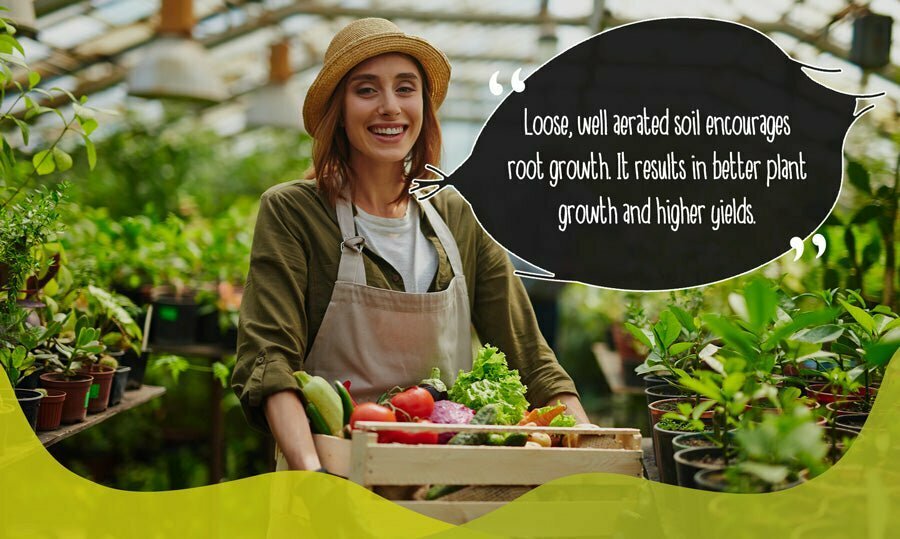How to start a vegetable patch
Creating your own vegetable patch is a fantastic idea. It provides your own source of healthy, fresh food and is a great way of doing your bit to create a more sustainable way of living. In particular growing your own organic vegetables, which are expensive in the supermarket, pays financial dividends as well as giving that real sense of pride and achievement.
The great news is that all our peat-free compost is also Soil Association approved for organic farming, so you’re in good hands producing certified organic veg crops. Furthermore Coco Boost has been independently tested and comes out on top, even when compared to leading brands of compost containing peat.
We’ve put together a step-by-step guide to help you get started. Go for it!

Choosing your plot
You may not have a choice about where to put your vegetable plot. If you do, there are a few things to consider.
What to grow and the space required
While lettuces don’t necessarily take up much space, runner beans and tomatoes may need more.
Amount of light and shelter
Does your plot receive enough sunlight, and does it get morning or afternoon sun? Is it protected from the wind if a summer storm hits? Is it near a water source?
Growing up against a wall or fence, but with lots of natural sunlight, is usually a good choice.
Soil type and condition
It helps if you know whether it’s clay or chalk, as well as how acidic it is. This will affect your decision on what to grow and potential soil supplements you may need.
Preparing your vegetable patch
Start by clearing the site of debris, such as fallen branches and stones. Fork through the ground to get rid of any weeds and aerate the soil. You’ll want to dig at least 30cm deep.
Key steps and considerations
Choose an organic weedkiller
It is worth doing some research around this before you start, as there is a variety of options. For example, using a natural mulch after planting will not only reduce weed growth; it helps retain moisture, increase porosity, and enrich the soil.
Deciding on your vegetables
Different vegetables require different nutrients and soil to thrive. You’ll need soil that is nutrient-rich and maintains moisture.
Even the best soil may require the addition of a compost to give vegetables the best chance of producing a good yield, so commit to a little research before deciding.

Neutralising your soil
Some vegetables, like carrots, need a more alkaline soil. If you’re planting these, you may need to reduce the acidity of your soil. Alternatively, choose a compost that can do this for you.
Choosing your compost
Look for something organic and natural. Peat has traditionally been considered a good option, particularly for crops that favour acidic conditions. However, vegetables that need an alkaline substrate won’t fare as well.
It’s worth bearing in mind that peat is an unsustainable product. Its harvest has a detrimental impact on the environment.
To get your soil in the best possible condition, you will want a 100% natural multi-purpose compost. It should be a well-balanced slow-release fertiliser.
You may also want to consider a compost with added nutrients to help promote steady and successful growth.
Preparing your vegetables
While you can plant some vegetables straight into your vegetable patch, others may need a little time to establish. To begin, pot them up and grow them in a greenhouse, conservatory or somewhere similar.
Consider adding a supplement to your basic potting mix or choose a mix specifically designed for potting. Loose, well aerated soil will encourage root growth. This will result in better plant growth and higher yields.

Substituting peat for an eco-friendly alternative
Given the environmental disadvantages of using peat compost, you may want to try a soil that is more sustainable. Coco coir fits the criteria perfectly.
As a substrate, it’s good at retaining water – beneficial for both plants and personal levels of water consumption. The pH level of coco peat is approximately 5.8 – 6.8 (slightly alkaline), meaning no extra products are required to neutralise the soil. In fact, this level of acidity is perfect for slowly releasing nutrients.
If you want to try using coco peat or coir compost as it’s also known with your new vegetable patch, we have a range of compost options for you to try. For more information about coco coir and its benefits in gardening, take a look at our blog articles, which contain a variety of useful tips and suggestions.


















